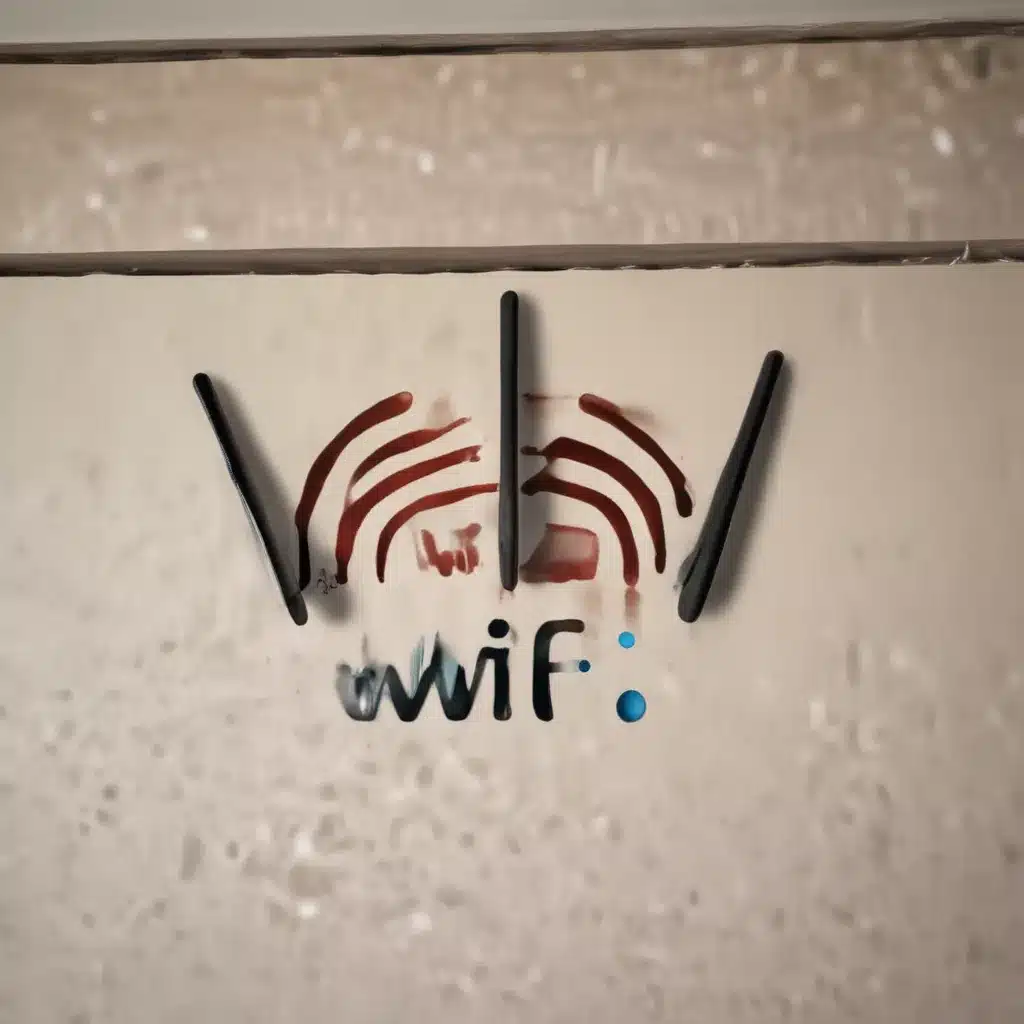Troubleshooting Wi-Fi Woes: A Step-by-Step Guide
Ah, the age-old struggle of the dreaded Wi-Fi connection conundrum. I’ve been there, my friends – staring at that pesky “No Internet” icon, wondering if I’m doomed to a life without the boundless joy of endless scrolling and streaming. But fear not, for I have uncovered a treasure trove of troubleshooting tips to help you vanquish those wireless woes and emerge victorious!
Check the Basics
The first rule of troubleshooting Wi-Fi connectivity issues is to start with the fundamentals. [1] First and foremost, make sure that Wi-Fi is actually turned on. I know, it seems obvious, but you’d be surprised how many times the culprit is simply a wayward toggle. Flip that switch, and see if Lady Luck is on your side.
But wait, there’s more! Don’t forget to check for that pesky Airplane Mode. You know, the setting that makes your device think it’s on a flight, when in reality, it’s just sitting on your desk, longing to connect to the world wide web. Give that a quick once-over, and let’s move on to the next step.
Identify the Network
Alright, let’s say you’ve got the Wi-Fi turned on and Airplane Mode is a distant memory. The next step is to take a gander at the available networks. [2] Scroll through the list and see if you recognize a familiar name – your home network, perhaps? If it’s there, give it a tap and try to reconnect.
But wait, what’s this? Your network is nowhere to be found? Don’t panic, my friend. It’s possible that your router is set to not broadcast the network name, so you’ll need to connect manually. Think of it like a secret handshake – you and your router have to be in the know.
Frequency Band Finesse
Now, let’s talk about the curious case of the dual-band router. [2] Many modern routers have the ability to broadcast on both the 2.4 GHz and 5 GHz frequency bands. These appear as separate networks in your list, and trying the other band just might be the key to your connectivity conundrum.
Imagine your network as a fancy restaurant with two separate entrances – one for the 2.4 GHz crowd and one for the 5 GHz elite. If you’ve been trying to get in through the wrong door, no wonder you’ve been hitting a dead end. Give the other band a shot, and see if that does the trick.
Reboot, Reboot, Reboot
If none of the above solutions have worked their magic, it’s time to bring out the big guns – the trusty old router and modem reboot. [2] I know, it’s not the most glamorous of solutions, but sometimes a good old-fashioned power cycle is just what the doctor ordered.
Unplug those devices, wait a while, and then plug them back in. It’s like giving your network a fresh cup of coffee – it’ll wake up, stretch its virtual legs, and hopefully be ready to party with your device once more. Just be patient, as it can take a few minutes for everything to come back online.
Network Troubleshooting Commands
But wait, there’s more! If the reboot hasn’t done the trick, it’s time to get a little more technical. [1] Pull up that trusty Command Prompt (make sure to run it as an administrator, of course) and let’s get our hands dirty with some network troubleshooting commands.
First up, we’ve got the classic “netsh winsock reset” – it’s like hitting the reset button on your network’s entire wardrobe. Then, we’ve got the “netsh int ip reset,” which is basically rebooting your network’s brain. Finally, we’ll flush and renew that DNS cache, just to make sure everything’s squeaky clean.
Uninstall and Reinstall
If you’re still struggling, it might be time to get a little more intimate with your network adapter. [1] Head on over to Device Manager, find your adapter, and give it the good ol’ uninstall treatment. Don’t worry, Windows will swoop in and install the latest and greatest driver, like a superhero coming to the rescue.
Just be sure to have a backup of that driver handy, in case Windows decides to play a little trick on you and can’t find the perfect match. A little pre-planning can go a long way in the world of network troubleshooting.
Network Reset: The Nuclear Option
Alright, we’ve tried just about everything in the troubleshooting playbook, and still no luck. It’s time to bring out the big guns – the network reset. [1] This is the equivalent of nuking your network settings from orbit, just to be sure.
Now, I know what you’re thinking – “But wait, won’t that wipe out all my precious network settings?” Well, my friend, you’re absolutely right. But sometimes, you’ve just got to start fresh, like a phoenix rising from the ashes of your former network configuration.
Just keep in mind that after the reset, you might need to re-establish some of your network connections, like your VPN or that fancy virtual switch you’ve got going on. But hey, a little elbow grease never hurt anyone, right?
Embrace Your Wireless Warrior Spirit
And there you have it, folks – a veritable treasure trove of troubleshooting tips to help you conquer those pesky Wi-Fi woes. Remember, when it comes to network connectivity, it’s all about being a true wireless warrior, ready to face any challenge that comes your way.
So, the next time you see that dreaded “No Internet” icon, don’t panic – take a deep breath, channel your inner tech-savvy superhero, and dive headfirst into the world of network troubleshooting. With a little bit of patience and a whole lot of determination, you’ll be back online in no time, ready to binge-watch to your heart’s content.
Happy troubleshooting, my friends!
[1] Knowledge from https://support.microsoft.com/en-us/windows/fix-wi-fi-connection-issues-in-windows-9424a1f7-6a3b-65a6-4d78-7f07eee84d2c
[2] Knowledge from https://community.roku.com/t5/Wi-Fi-connectivity/ROKU-Suddenly-won-t-connect-to-Internet/td-p/575739













